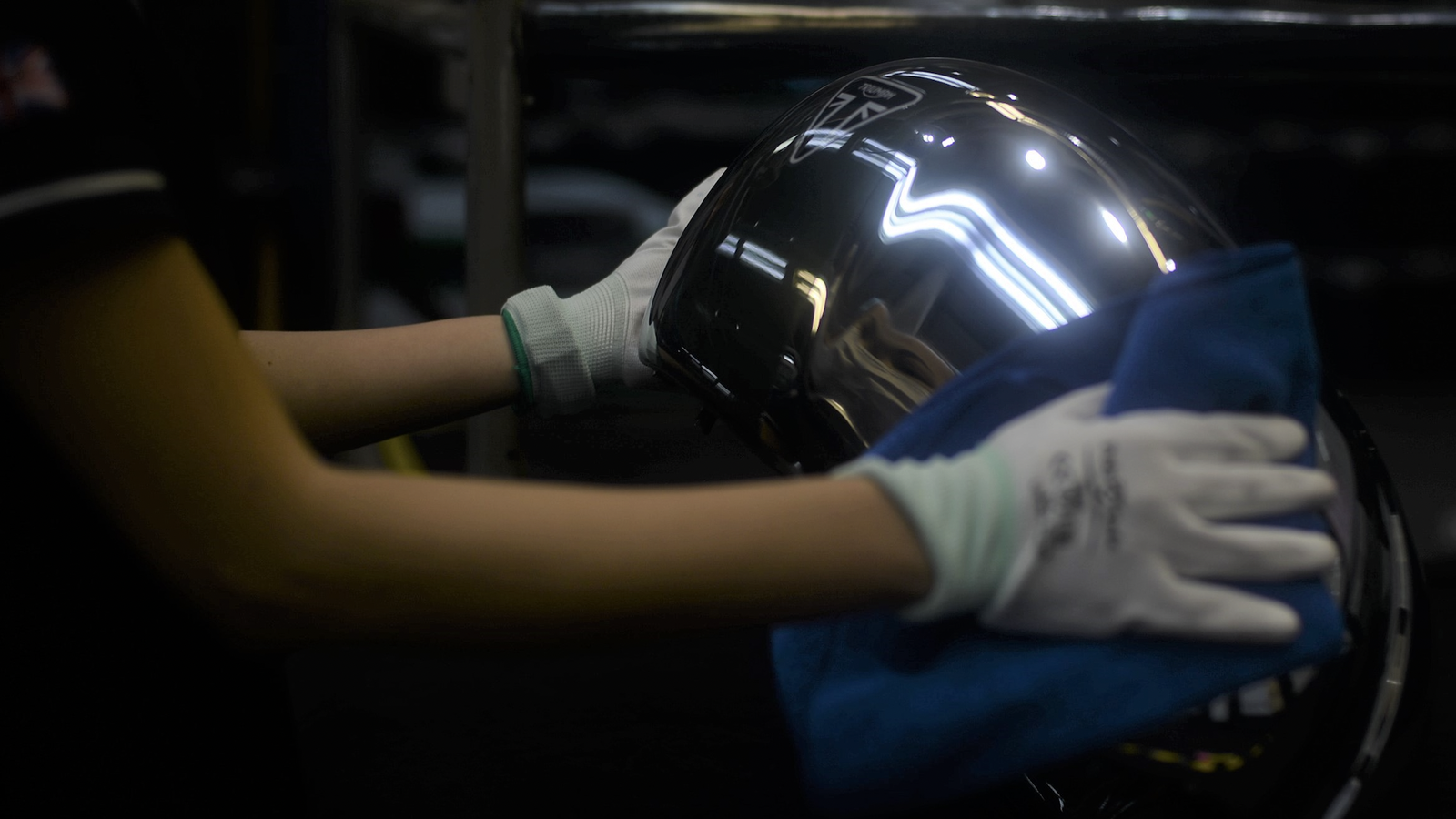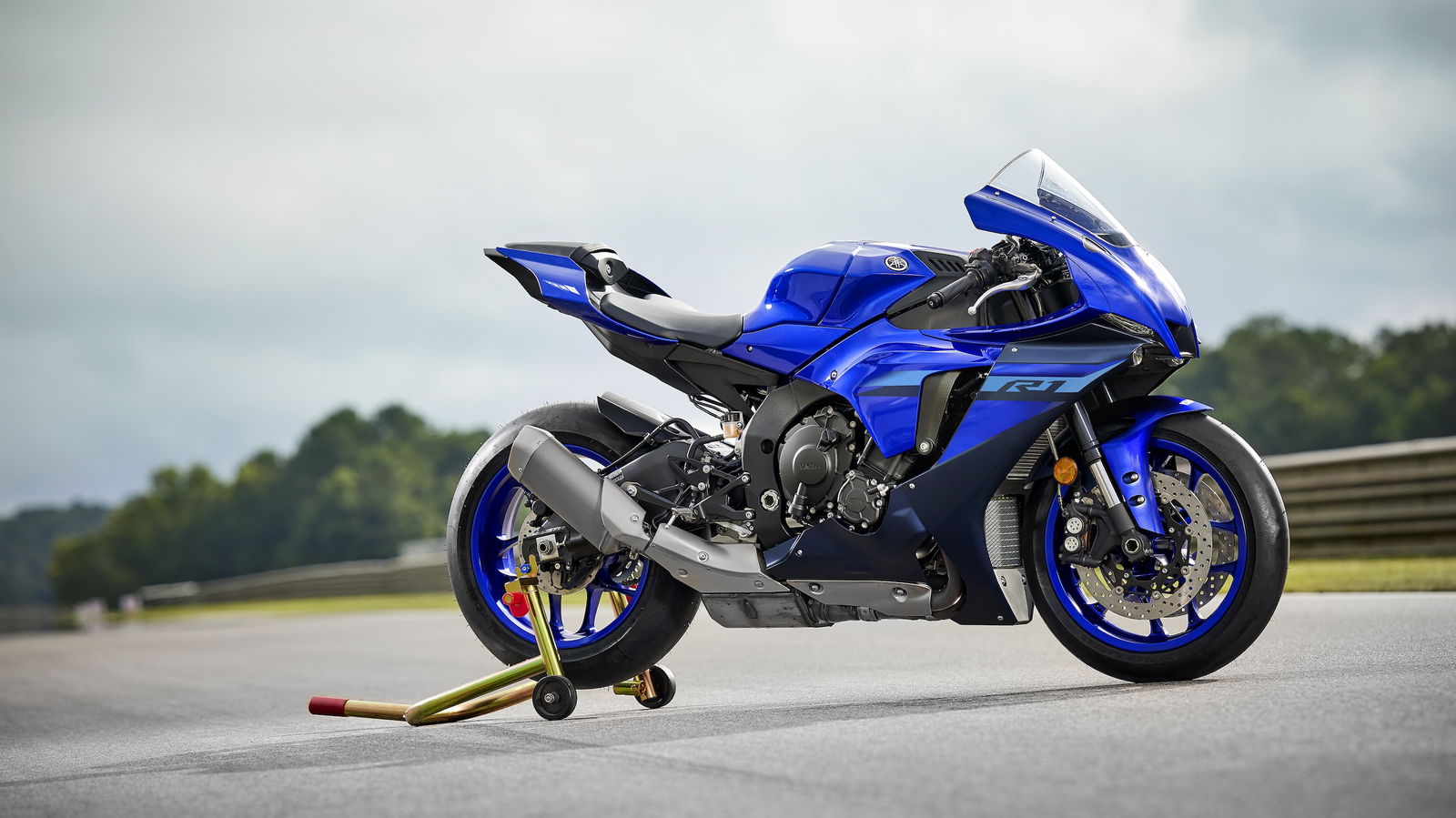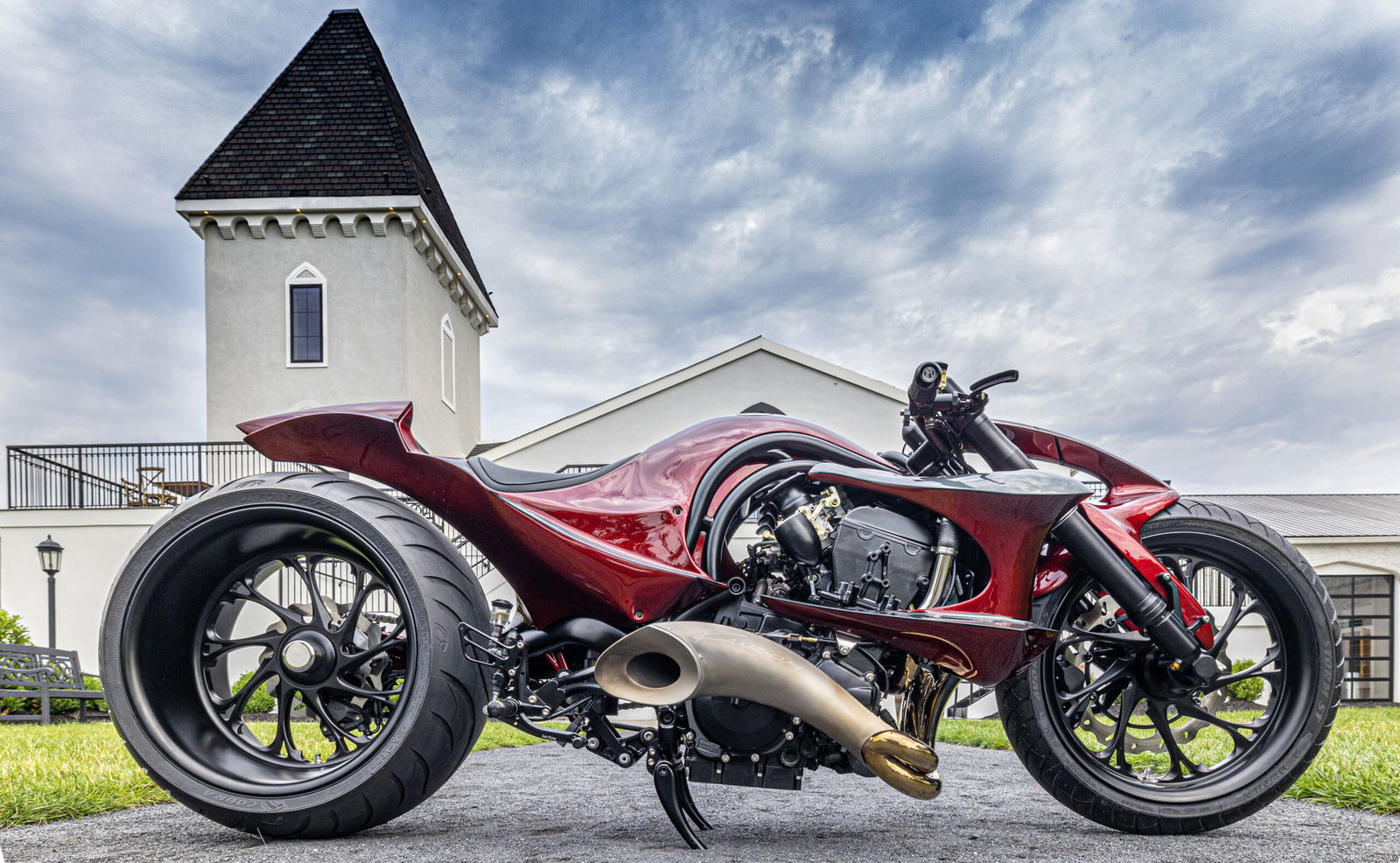Euro Chrome Ban - What Does it Mean For Bike Makers?
With the European Commission looking to ban chrome plating over health and environmental concerns, what does the future look like for bike makers?

Starting in 2024 the EU is pushing through a bill that will effectively ban the process of hexavalent chrome plating on any new vehicles.
And it’s not just the EU, because the California Air Resources Board (CARB) is also looking to prevent the process from 2027 onwards. The move, in both cases, is being driven by health and environmental concerns, with hexavalent plating thought to produce around 500 times more toxic pollutants than those from diesel engines.
Specifically, hexavalent chrome plating can be linked to lung and nose cancer, while also posing a risk to the liver and reproductive system of the operator performing the procedure. Of course, these risks can be mitigated by proper safety precautions, but they can’t be totally ignored. To the wider world, the byproducts of chrome plating can, if not treated and handled with care, be just as dangerous to the environment, with wastewater being hazardous to flora and fauna if not properly treated at the plating works.
It’s for these reasons that the EU and CARB are looking to ban the process, but what does this mean for us, and is there a way around the ban?
For one thing, it’ll likely mean that the traditional chrome plating as we know it will come to an end, but it probably doesn’t mean that the lustrous silver finish will disappear from new bikes altogether.
There are other ways manufacturers can get a silver finish on metal parts without turning to hexavalent chrome plating. Spray on chrome is one of those processes, and it utilises a layer of silver that is sandwiched between two or more layers of urethane protective coating.

It uses fewer heavy metals and harmful substances and boasts a few more benefits than traditional chrome as well. The turnaround time is said to be much quicker, too, with FutureChrome claiming it to be approximately 60 per cent of the cost of hexavalent chrome plating. The look and feel of spray chrome isn’t exactly the same as traditional chrome plating, although another bonus is it can be used on a number of materials and not just metal parts.
Another option could be trivalent chrome plating, which uses an aqueous non-ionic solution to apply the silver finish to metal parts. This process is not straightforward, though, and a traditional chrome plating firm will probably have to invest a great deal of time and money into the business to allow it to transition from one type of chroming to another.
With the motorcycle industry having such an appetite for chrome-plated parts (we’re looking at you Harley and Triumph), the industry will have to find a way, but it’s not just the bike industry that will be affected. The aerospace industry, car producers, homeware makers and many other day-to-day industries rely on chrome finishing for aesthetic and protective coatings, and in some of these cases, trivalent and spray-on chrome simply won’t work the same.


